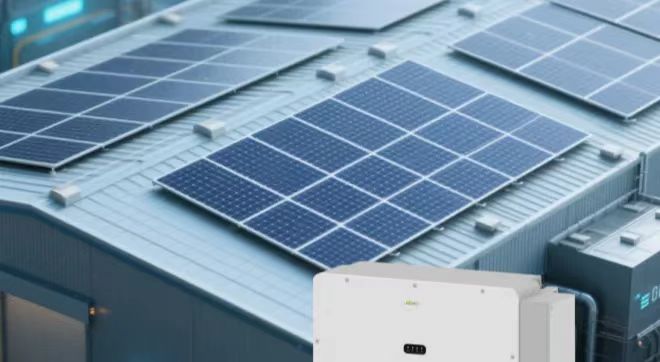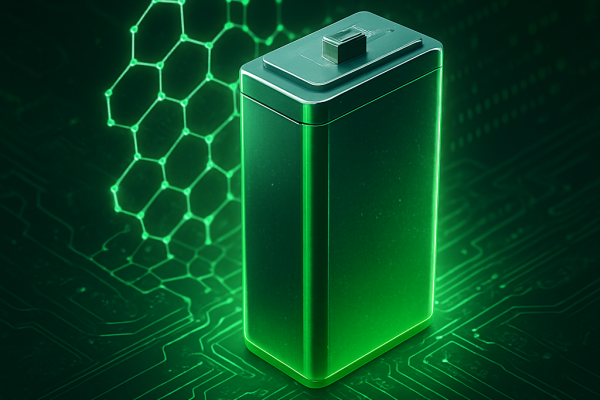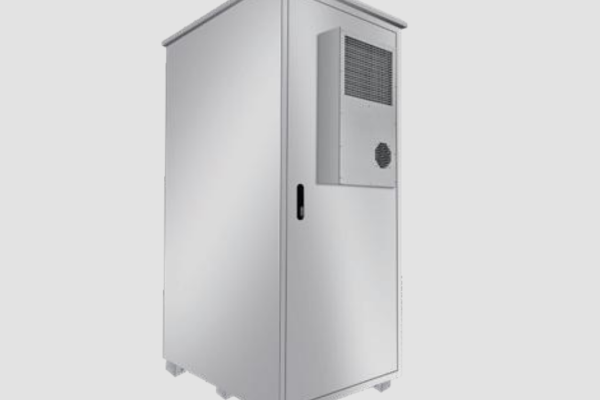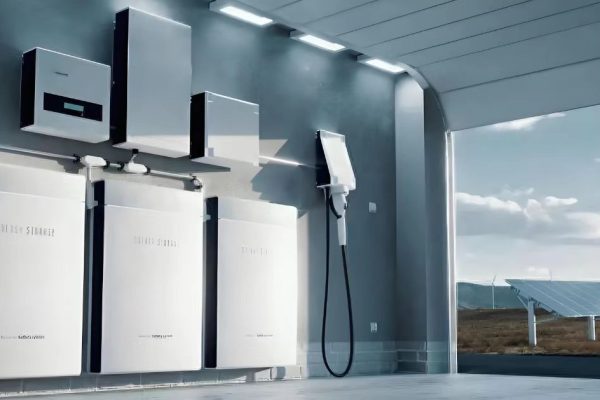Telecommunication towers are critical infrastructure that demands continuous, reliable power. Any downtime can disrupt communication services, affecting thousands of users and potentially leading to significant revenue loss. While diesel generators have traditionally been used as backup power, integrating energy storage systems (ESS) has become a standard approach to increase uptime, reduce fuel consumption, and ensure high availability.
Designing a high-availability storage system for communication towers requires more than simply sizing a battery. Engineers must consider modular design, redundancy, thermal management, and intelligent control strategies. This article focuses on practical design approaches, real-world deployments, and key lessons learned to achieve reliable, low-maintenance tower storage solutions.
1. Why High Availability Matters for Communication Towers
Communication towers operate 24/7, supporting mobile networks, internet connectivity, and critical services like emergency communications. Power failures can result in:
- Service disruptions: Dropped calls, network outages, or degraded coverage.
- Revenue losses: Service-level agreements (SLAs) often include financial penalties.
- Safety risks: Remote monitoring and emergency networks rely on uninterrupted power.
Energy storage systems provide instantaneous power backup, bridging gaps during grid outages or generator startup delays. Properly designed systems also minimize operational risks while reducing maintenance needs in remote locations.
2. Core Design Principles for High-Availability Storage Systems
a) Modular Architecture
Modular battery systems allow operators to scale capacity and easily replace or maintain individual modules without disrupting tower operations.
Design Strategies:
- Divide battery capacity into multiple smaller modules instead of one large bank.
- Ensure hot-swap capability for minimal downtime during maintenance.
- Use standardized modules to simplify spare part management across multiple sites.
Technical Insight:
A 10 kWh modular setup divided into 5 × 2 kWh modules can continue operating at 80% capacity if a single module fails, ensuring uninterrupted power to the tower.
b) Redundancy and Failover
Redundancy ensures continuous operation even in the event of component failures.
Implementation Approaches:
- Battery Redundancy: Include N+1 or N+2 battery modules to allow uninterrupted service during maintenance or failure.
- Controller Redundancy: Deploy dual EMS/controllers to prevent single-point failures.
- Power Path Redundancy: Parallel inverter or DC-DC converter paths ensure backup energy flow.
Case Insight:
A telecom operator in South Asia installed a dual-string modular battery system (N+1 configuration) across 120 towers. During one module failure at a remote site, power continuity was maintained without triggering an alarm to the end-users, demonstrating the importance of redundancy in high-availability design.
c) Thermal Management
Battery performance and lifetime are highly sensitive to temperature fluctuations. Proper thermal management is critical, particularly for towers exposed to extreme climates.
Design Strategies:
- Passive cooling: Natural airflow designs to reduce maintenance.
- Active cooling: Fans or liquid cooling for high-density modules.
- Environmental enclosures: Sealed, insulated, and ventilated cabinets to protect against dust, moisture, and extreme heat or cold.
Lesson Learned:
A LiFePO₄ battery system in a desert tower experienced accelerated degradation due to high ambient temperatures. Adding ventilated enclosures and reflective coatings extended the battery life by over 30%.
d) Intelligent Energy Management System (EMS)
High-availability storage requires smart monitoring and control.
EMS Functions:
- Load Prioritization: Critical tower loads are prioritized during outages.
- Battery Balancing: Monitors SOC, SOH, and ensures balanced discharge across modules.
- Predictive Alerts: Early detection of voltage imbalances, overtemperature, or communication failures.
- Hybrid Integration: Coordinates with grid supply and diesel generators to optimize runtime and reduce fuel usage.
Technical Insight:
An EMS with forecasting capability can extend generator intervals by predicting power demand and adjusting battery discharge, reducing fuel consumption by 25% over 12 months.
3. Real-World Deployment Examples
Case Study 1 – Remote Mountain Tower, Europe
System Specs:
- PV: 3 kW rooftop
- Battery: 20 kWh modular LiFePO₄ (4 × 5 kWh)
- Backup: Diesel generator (50 kVA)
- Load: Base transceiver station and emergency communications
Challenges:
Extreme cold (-15°C) and limited technician access required a robust, low-maintenance design.
Solution:
- Battery modules in insulated cabinets with passive airflow.
- Redundant EMS controllers for failover.
- Predictive monitoring via cloud connection to detect voltage drops and temperature anomalies.
Outcome:
- 99.8% uptime over 18 months.
- Maintenance visits reduced to twice a year.
- Batteries retained 95% capacity after 12 months of extreme temperature cycling.
Key Takeaway:
Environmental adaptation plus redundancy ensures reliability in harsh, remote locations.
Case Study 2 – Coastal Island Tower, Southeast Asia
System Specs:
- PV: 5 kW floating + 5 kW rooftop
- Battery: 30 kWh modular LiFePO₄ (6 × 5 kWh)
- Load: Telecommunication BTS, small cooling systems
- Objective: Minimize diesel use while maintaining 24/7 operation
Challenges:
- High humidity and salt air causing corrosion
- Unpredictable weather affecting PV generation
Solution:
- Corrosion-resistant enclosures and sealed cable glands
- Hybrid EMS integrating PV, battery, and generator
- Load shedding algorithms for non-critical systems during outages
Outcome:
- Diesel generator runtime reduced by 55%
- Remote monitoring detected early SOC imbalance, preventing downtime
- Uptime maintained at 99.6% over 12 months
Key Takeaway:
Corrosion protection and remote monitoring are critical in humid and coastal conditions to ensure high availability.
4. Best Practices for High-Availability Tower Storage
- Adopt Modular Designs: Simplifies maintenance and scalability, reduces downtime during replacements.
- Plan Redundancy Carefully: N+1 or N+2 configurations for battery and controller units to eliminate single points of failure.
- Invest in Thermal Management: Design enclosures with passive or active cooling tailored to the site environment.
- Integrate Smart EMS: Continuous monitoring, predictive alerts, and hybrid control optimize uptime and extend component life.
- Use Remote Monitoring and Predictive Maintenance: Cloud-connected dashboards allow proactive maintenance, especially in remote areas.
- Standardize Across Multiple Sites: For operators managing multiple towers, standardized modular solutions simplify logistics and spare part management.
5. Key Metrics for Evaluating High Availability
| Metric | Definition | Recommended Benchmark |
|---|---|---|
| Uptime (%) | System operational time vs. total | >99.5% |
| MTBF (Battery) | Mean time between battery failures | >10,000 hours |
| SOC Balance | State-of-charge deviation among modules | <5% difference |
| Redundancy Coverage | Percent of critical load supported by backup | 100% |
| Temperature Stability | Max ΔT across battery modules | <10°C |
High-availability storage system design for communication towers is about reliability, redundancy, and intelligent control, not just battery capacity. Key principles include modular architecture, redundant components, thermal management, and predictive EMS monitoring. Real-world deployments have demonstrated that carefully engineered systems can achieve >99% uptime, reduce diesel dependence, and lower maintenance costs — all critical factors for operators managing remote or challenging sites.
By combining modular design, environmental adaptation, and smart monitoring, tower operators can achieve highly reliable, scalable, and low-maintenance energy storage solutions that meet the demanding requirements of modern communication networks.









